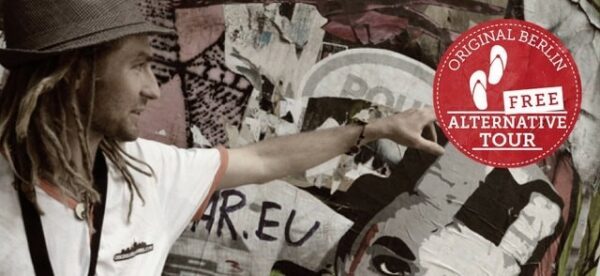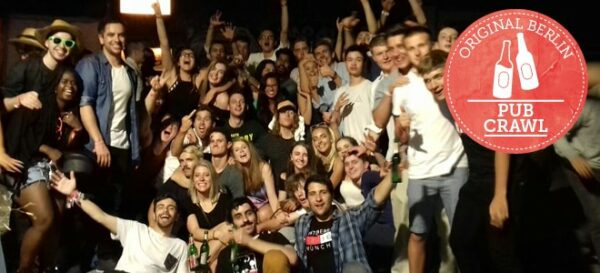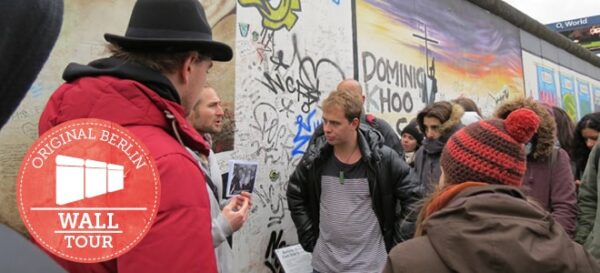If you have a passion for travel and enjoy exploring new cities on foot, becoming a tour leader might be the perfect opportunity for you. Berlin, with its rich history, vibrant culture, and diverse neighborhoods, offers a great canvas to create unique walking tours that provide an immersive experience for your audience. In this guide, we will walk you through the process of developing outstanding walking tours in Berlin.
1. Research the City’s History and Culture
Before creating your walking tours, it’s essential to have a deep understanding of Berlin’s history and culture. Study the city’s significant historical events, iconic landmarks, and important cultural sites. Gain insights into the city’s architecture, cuisine, art, and music scenes. This knowledge will help you craft informative and engaging narratives for your tours.
Example:
If you plan to include historical sites like the Berlin Wall and Brandenburg Gate, research their significance in relation to the city’s past. This will enable you to provide detailed stories and anecdotes that go beyond surface-level facts.
2. Define a Theme or Focus for Your Walking Tours
To differentiate your tours from others, consider developing a unique theme or focus for each one. It could be a specific historical period, architectural style, or an exploration of a particular neighborhood’s culture. Tailor your tours to appeal to different interests and preferences, providing a diverse range of experiences for your audience.
Tip:
For instance, you could offer a tour themed around “Berlin during the Cold War,” where participants explore key Cold War sites and learn about the city’s divided past.
3. Plan Engaging Itineraries
Creating well-structured itineraries is crucial to ensure a smooth and enjoyable tour experience. Consider the duration of the tour, physical fitness levels of participants, and the pace at which you want to cover various locations. Plan breaks for rest or refreshments, and allow time for participants to take photos and ask questions.
Example:
On a three-hour tour, you could start at Alexanderplatz, then move through the vibrant neighborhoods of Hackescher Markt and Scheunenviertel, ending at the East Side Gallery. Along the way, you can provide insights into the city’s history, showcase local street art, and recommend the best places for traditional Berlin cuisine.
4. Incorporate Interactive Elements
To make your walking tours more engaging, consider including interactive elements. This could involve trivia questions, group activities, or even tastings of local foods and beverages. Interactive elements encourage participation and help create memorable experiences for your tour participants.
Tip:
For example, you could have participants try traditional Berlin street food like currywurst or challenge them to identify architectural styles as you explore different neighborhoods.
5. Partner with Local Businesses and Experts
Collaborating with local businesses and experts can add depth to your tours. Reach out to historians, architects, artists, or even local residents willing to share their unique perspectives. Their expertise and personal stories can enrich the tour experience and provide participants with valuable insights.
Example:
Invite a street artist to join your street art tour, sharing their inspirations and techniques, or partner with a local restaurant to offer a tasting of traditional German dishes.
6. Create Engaging Marketing Materials
To attract participants to your walking tours, create captivating marketing materials. Develop a user-friendly website where people can easily find information about your tours, itineraries, and booking options. Utilize social media platforms to share photos, stories, and positive reviews from past participants. Additionally, consider offering discounts or referral programs to incentivize bookings.
Tip:
High-quality images showcasing the unique aspects of your tours, along with compelling descriptions, will make your marketing materials stand out.
7. Seek Feedback and Continuously Improve
After each tour, encourage participants to provide feedback on their experience. This feedback can help you identify areas for improvement and gather testimonials for your marketing efforts. Be open to suggestions and continuously refine your tours to ensure you are providing the best possible experience for your audience.
Example:
You could send follow-up emails to participants, thanking them for joining your tour and asking for their feedback through a short online survey. Reward participants who provide feedback with exclusive discounts for future tours.
Conclusion
Developing unique Berlin walking tours requires a combination of in-depth knowledge, creativity, and a passion for introducing others to the city’s hidden gems. By immersing yourself in Berlin’s history and culture, defining engaging themes, planning well-structured itineraries, incorporating interactive elements, collaborating with local experts, creating captivating marketing materials, and seeking continuous improvement, you can create walking tours that stand out and provide unforgettable experiences for your audience.






Leave a Reply